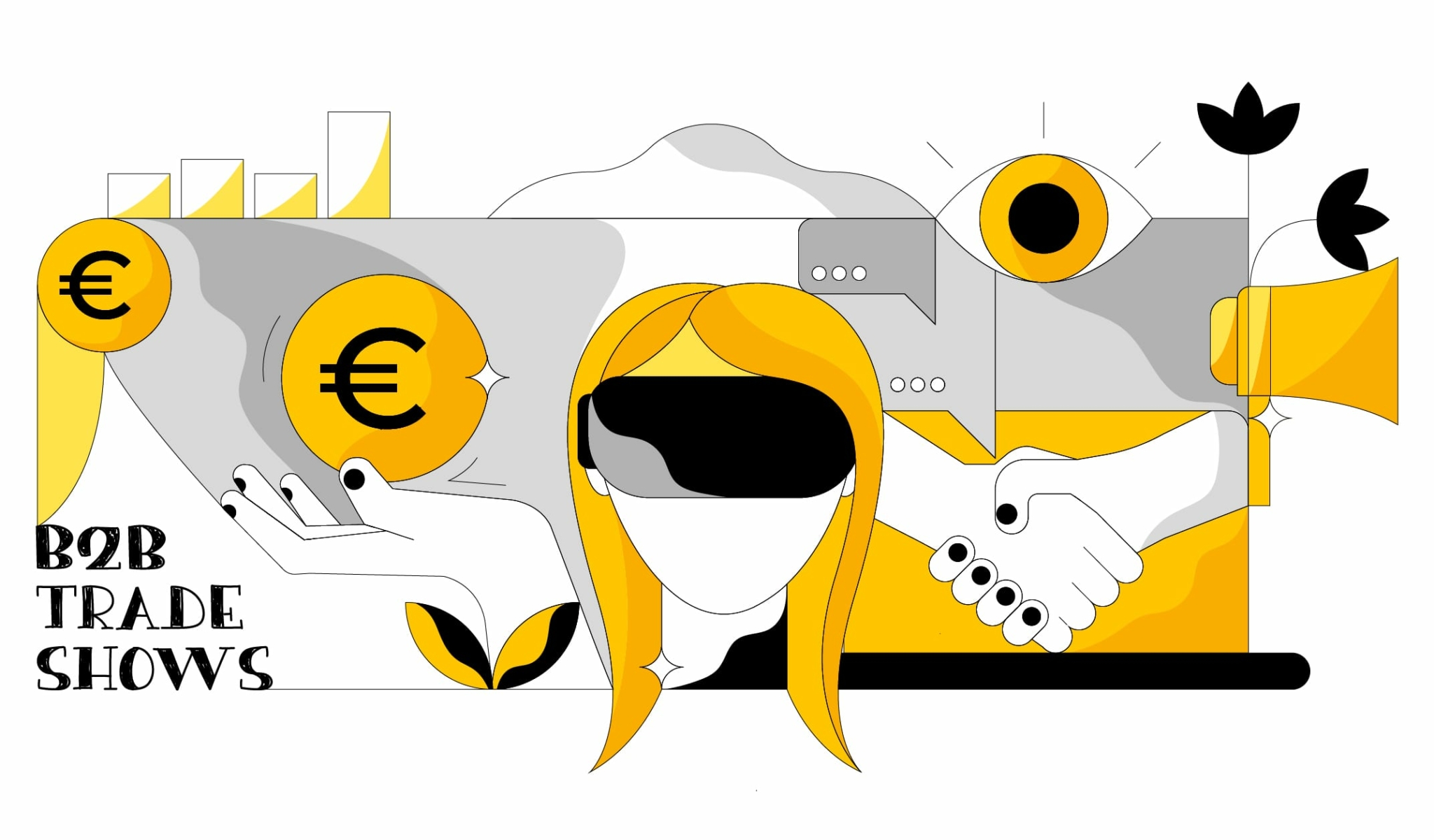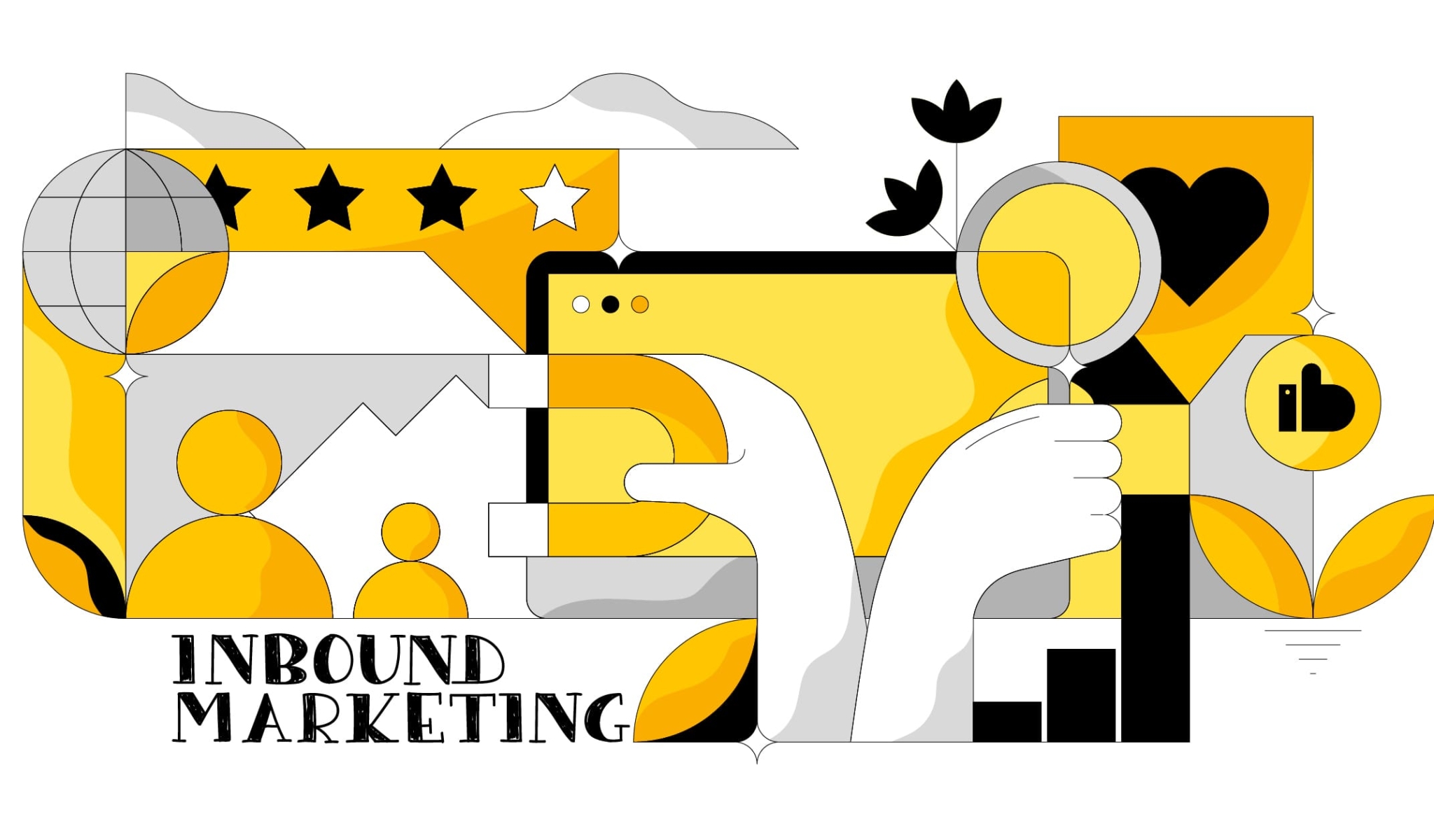Sometimes, 1+1 equals 3.
Collaboration between people with different skills and backgrounds often leads to results that seem unimaginable initially. This is especially true in technical industries, where workflows are complex, multiple competencies are involved, and several approval steps are required.
The relationship between a marketing agency and a client is no exception: success is only achieved when a strong synergy is created, where the client brings product and market expertise, while the agency contributes knowledge of marketing channels and communication strategies. On the other hand, underestimating the complexity of the factors contributing to effective communication or delegating everything to the agency in a “set it and forget it” mode can compromise output quality and achieve objectives.
In this article, we’ll explore the importance of effective collaboration and best practices for making it genuinely productive while highlighting the added value of working with an agency experienced in technical sectors.
Talent Engagement
Effective collaboration is not about “everyone doing everything” but each party contributing at the right time based on their expertise.
In industrial marketing, this means that the client, as the holder of technical and commercial knowledge about the product and market, must actively participate in providing essential details. Meanwhile, the agency—leveraging its expertise in marketing strategies and execution—translates this knowledge into concrete actions tailored to the target audience. When both sides respect their roles and areas of specialization, mutual trust is created, allowing creativity to flourish and decision-making processes to advance more smoothly.
Every skill, whether internal to the company or brought in by the agency, not only enhances the project but also accelerates execution and elevates the quality of the outcome. However, this is only possible if an open feedback culture encourages new ideas and fosters continuous dialogue without the fear of stepping outside the norm.
Roles and Trust
Building a solid, structured, trust-based relationship starts with clearly defining roles and establishing a shared work methodology.
The client is responsible for providing precise guidance on objectives and positioning (target audience, unique selling proposition, etc.), avoiding excessive micromanagement that could stifle the agency’s ability to deliver optimal results. The agency must justify its strategic choices with data and analysis, defending creative ideas while remaining open to client feedback and suggestions.
When trust is present, both parties break free from the “failure is not an option” mindset and instead focus on what truly matters: expertise, the ability to adapt quickly, offering fresh perspectives, and reducing time-to-market. Perfection is an unrealistic goal; what drives results is the ability to learn from mistakes and promptly implement effective solutions.
Regular meetings, reports, and ongoing discussions are fundamental tools for maintaining this synergy and ensuring that each resource operates at its full potential.
The Brief
How often do we realize – only in hindsight – that the final result is directly linked to the initial input?
In marketing, that input is called the brief, and when properly structured, it can have a decisive impact on the efficiency and success of any project. However, tight deadlines often lead to vague objectives and unclear expectations, which in turn result in unnecessary revisions, delays, and wasted resources. A well-crafted brief, on the other hand, clearly defines essential elements such as objectives (quantitative and/or qualitative), target audience and key expectations, product and brand information, style guidelines and tone of voice, deadlines, and roles of the people involved, KPIs (where applicable) to measure effectiveness. With a solid brief, a competent agency is far less likely to go out of scope, preventing frustration, inefficiencies, and resource misallocation.
From the start, providing a clear, shared direction helps prevent misunderstandings, reduces revision cycles, and ensures that the final output aligns with the client’s needs and strategic goals.
The Collaboration Process
In marketing projects, structuring the workflow into clear phases helps improve timing, define responsibilities, and minimize miscommunication. Here’s how an effective collaboration process can be structured from start to finish:
Initial Discovery Call
- Introduction and definition of high-level objectives.
- Gathering initial insights on products, market, and competitive landscape.
Kick-off Briefing
- Identifying objectives, KPIs, budget, and timeline.
- Sharing technical documents, market analyses, and relevant references.
Strategic / Creative Proposal
- The agency develops concepts, strategies, and execution plans.
- The client provides feedback and additional inputs for refinement.
Review Rounds
- Open discussion to validate or adjust proposals.
- The agency explains its choices while incorporating client needs where appropriate.
Implementation and Delivery
- Production of all necessary deliverables.
- Execution of the agreed strategy.
Performance Monitoring and Optimization
- Evaluating performance based on predefined KPIs.
- Adjustments and optimizations based on results.
It is crucial to establish a strong collaboration between company and agency to maximize the effectiveness of marketing efforts in industrial sectors, built on clear roles, trust, and a structured process. A company’s technical know-how can be transformed into genuinely impactful marketing strategies through consistent communication and a shared methodology.
If you’re an industrial company looking to build a tailored marketing strategy, choose an agency that specializes in your sector—one that can highlight your product’s strengths and connect you with the right audience. Successful marketing campaigns don’t happen by chance; they are built through a structured, strategic, and collaborative approach.






